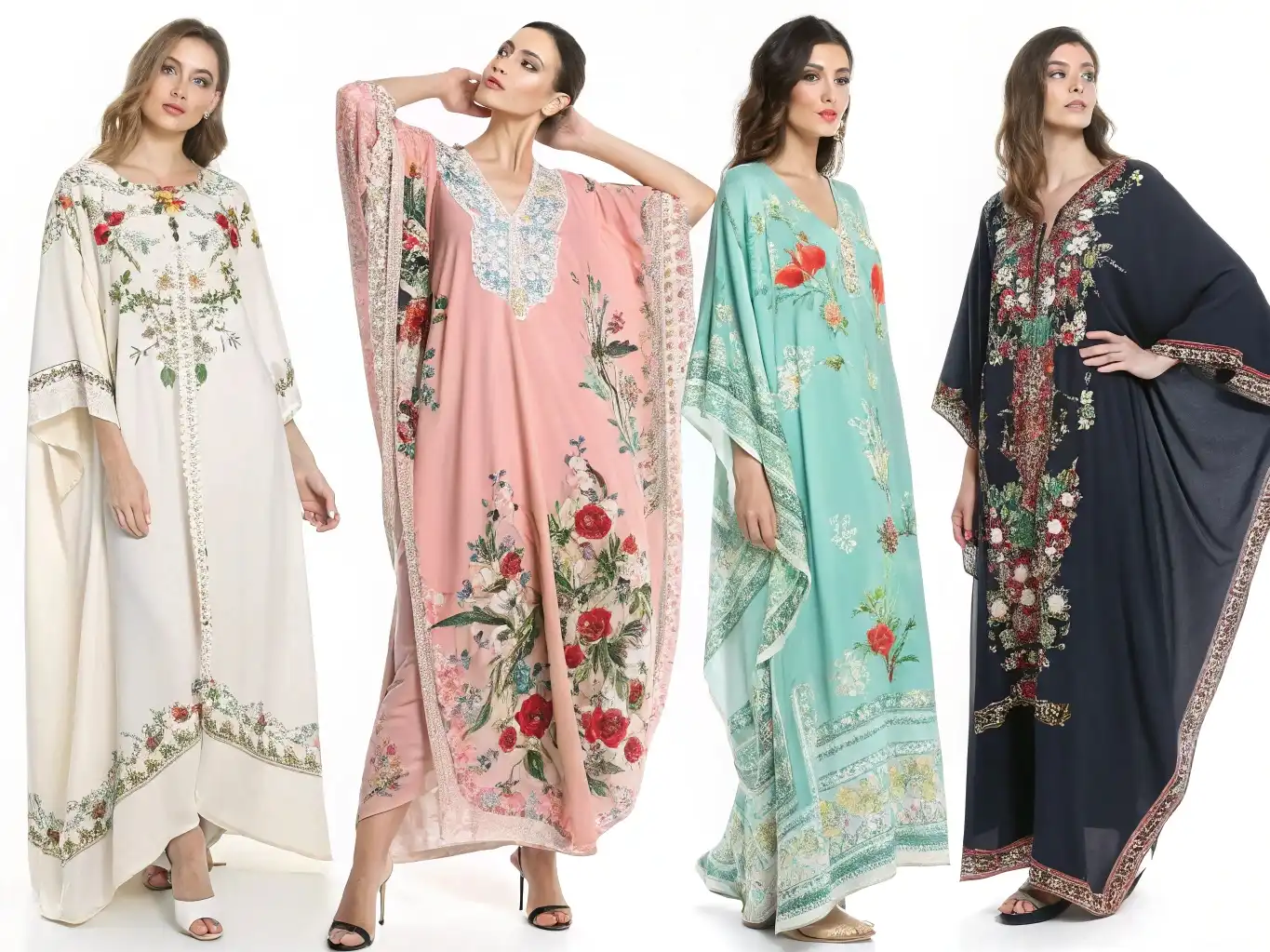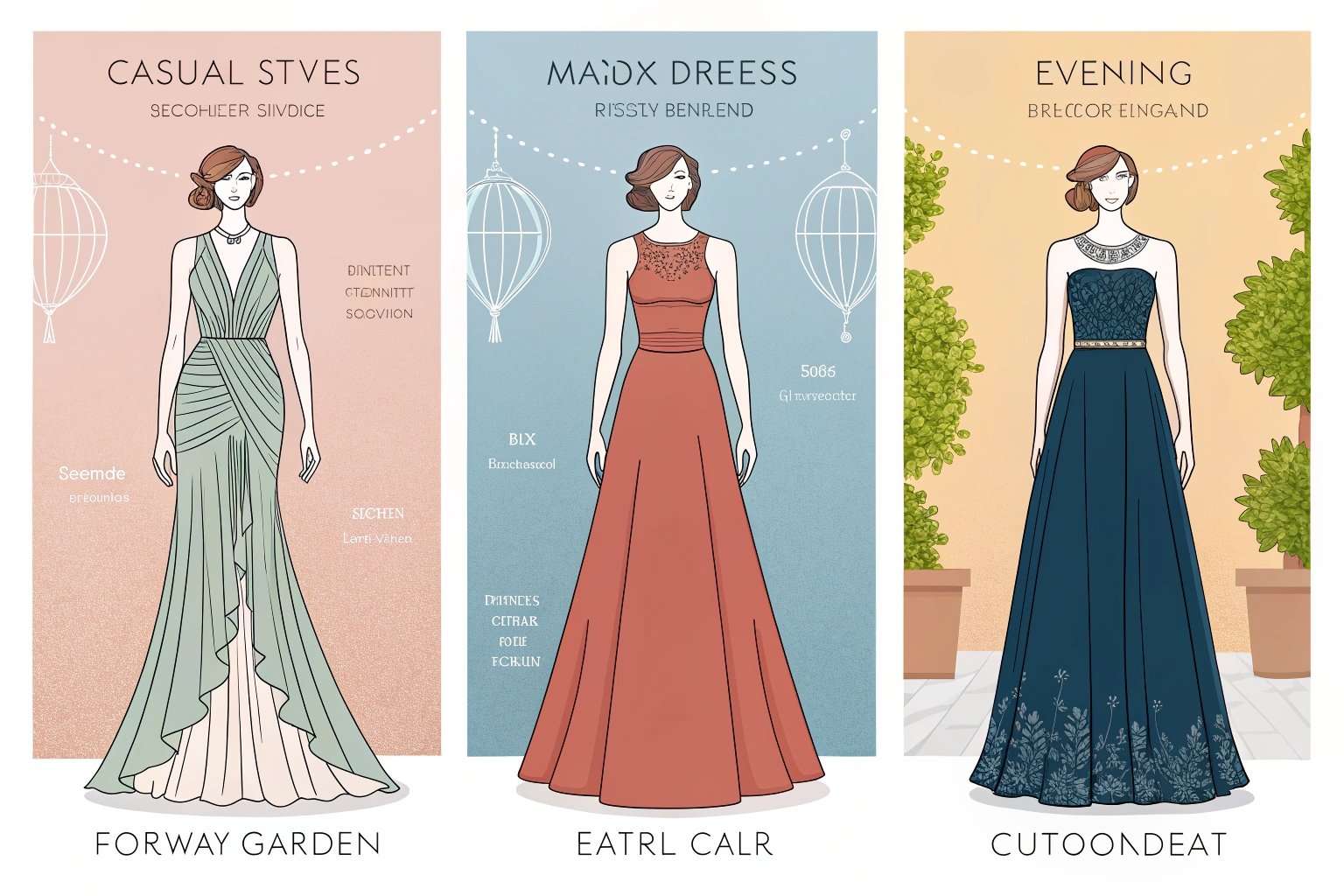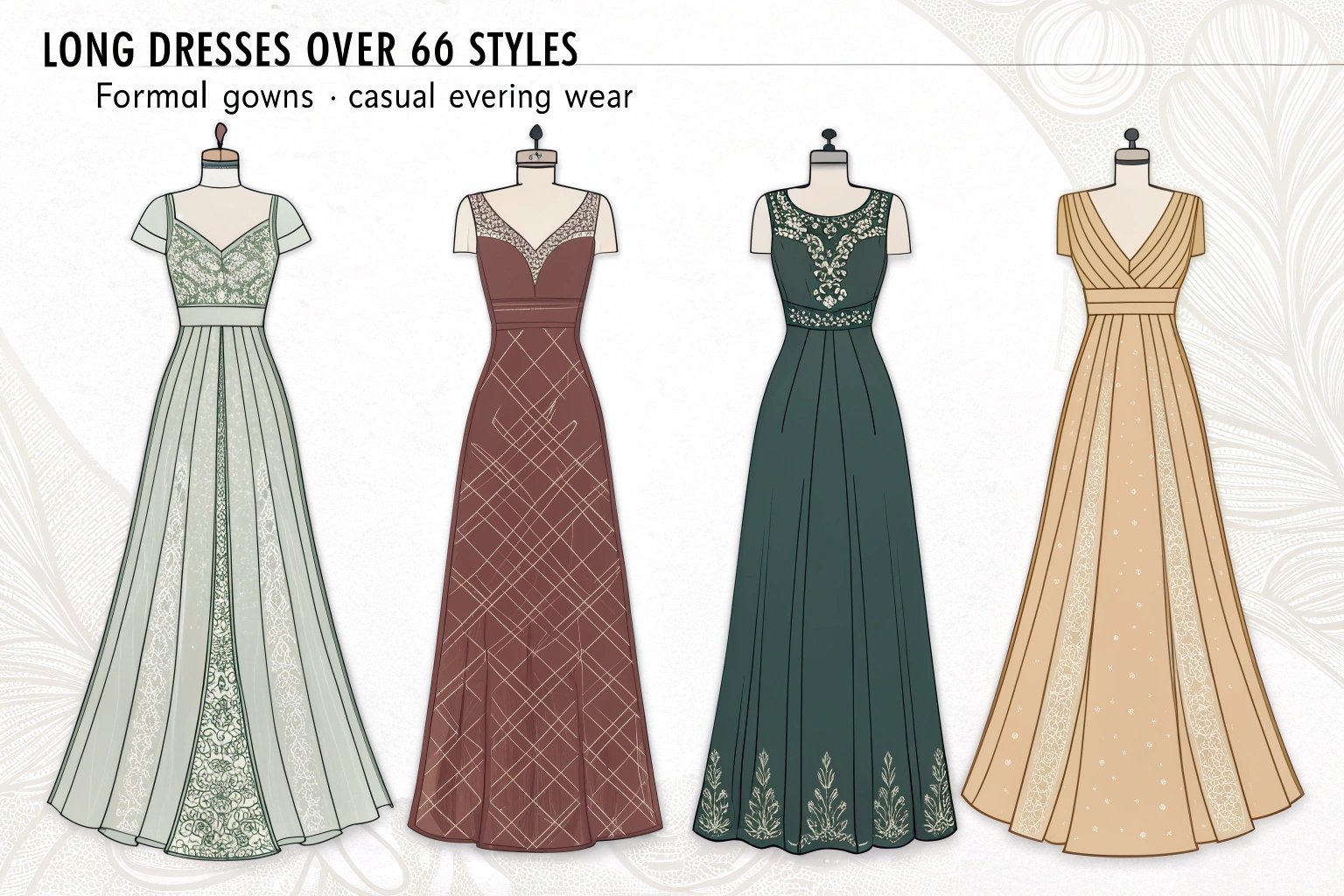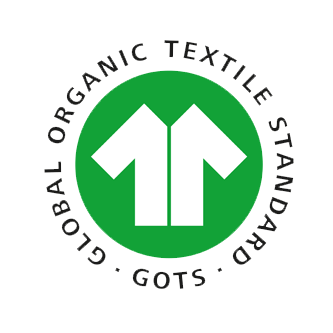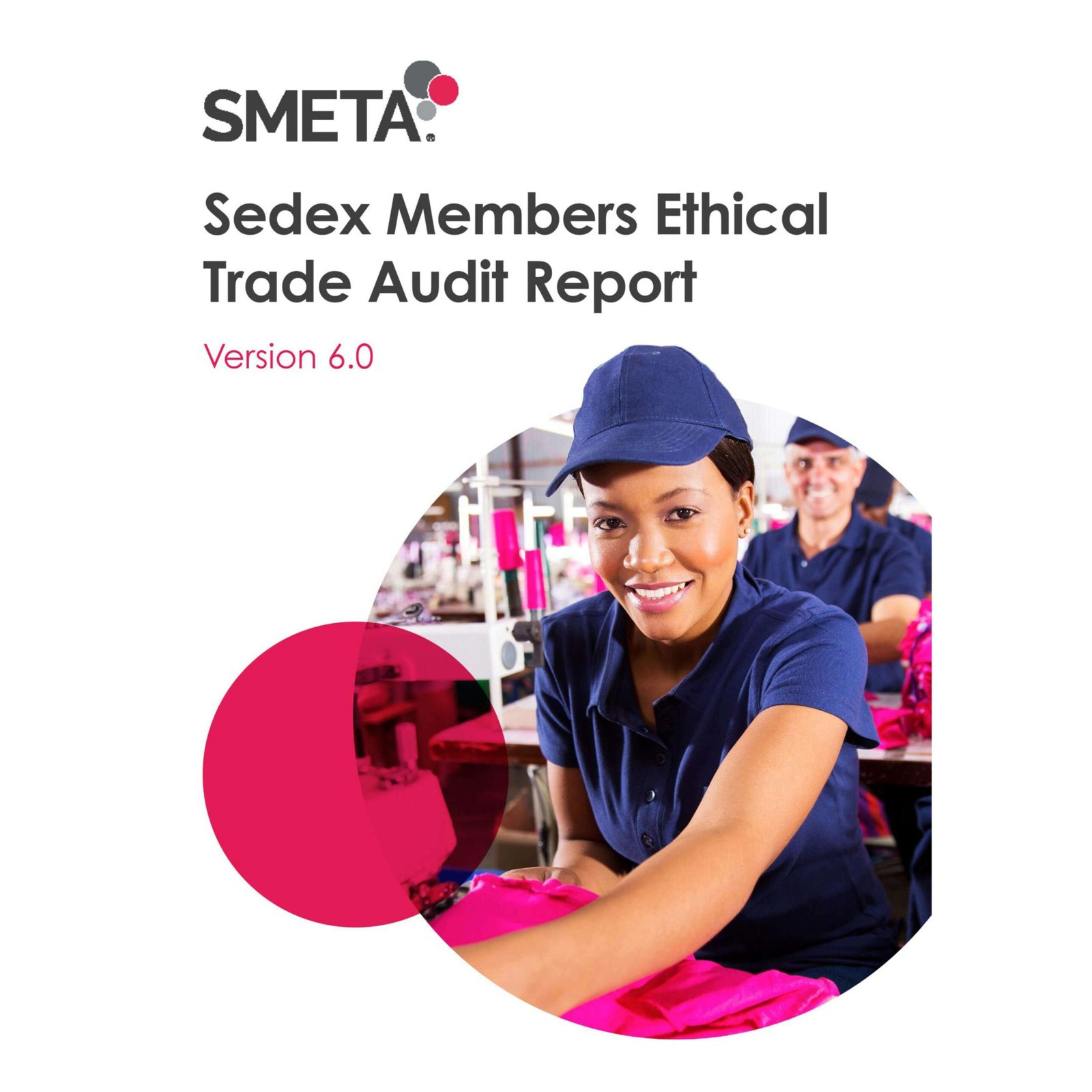Walk into any clothing store in the USA, and you’ll notice most tags read “Made in China,” “Vietnam,” or “Bangladesh.” That’s not by accident. Over the last 40 years, global economics, trade policy, and shifting consumer expectations have pushed the majority of apparel production offshore.
Most clothing is not made in the USA because overseas production offers significantly lower labor costs, larger manufacturing capacity, and established global supply chains. Domestic production is limited by higher wages1, stricter regulations, and reduced factory infrastructure.
I’ve worked with both US-based and overseas manufacturers, and the trade-offs are complex—cost, speed, brand value, and sustainability all play a role.
What Historical Factors Led to the Decline of Clothing Manufacturing in the USA?
In the mid-20th century, the USA was a global leader in textile and apparel production. That changed rapidly from the 1970s onward.
Globalization shifted production overseas as brands sought lower costs. Trade agreements like NAFTA and the WTO’s expansion facilitated outsourcing, and rising domestic labor costs made US-made apparel less competitive.
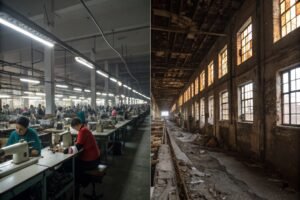
The Global Shift
- 1970s–1980s: Asian countries, particularly Hong Kong, Taiwan, and South Korea, emerged as low-cost manufacturing hubs.
- 1990s: NAFTA enabled production shifts to Mexico, while China’s economic reforms positioned it as a manufacturing giant.
- 2000s: WTO accession for China opened floodgates for global apparel trade.
- Impact: US factories closed, domestic textile mills consolidated, and skilled garment workers left the industry.
These structural changes made it hard for US manufacturers to compete without niche specialization.
How Do Clothing Manufacturers in USA Compare with Overseas Producers?
Brands weigh production location based on costs, capacity, and market positioning2.
US clothing manufacturers generally have higher labor costs, smaller production capacity, and stricter regulatory requirements. Overseas producers can offer lower prices and scale faster, but may involve longer lead times.
Key Comparison Table
| Factor | USA Manufacturing | Overseas Manufacturing |
|---|---|---|
| Labor Cost | $12–$20/hour (or higher) | $1–$5/hour |
| Lead Time | 2–6 weeks | 8–16 weeks |
| Regulations | Strict labor, safety, and environmental | Varies widely by country |
| Capacity | Smaller runs (hundreds–low thousands) | Large-scale (tens of thousands+) |
| Brand Impact | “Made in USA” boosts perceived quality | Dependent on brand storytelling |
For premium and luxury brands, the “Made in USA” label justifies higher pricing, often linked to craftsmanship and ethical standards.
What Challenges Do Clothing Manufacturers in USA Face Today?
Domestic apparel manufacturing faces structural and operational hurdles.
Higher wages, labor shortages, and limited raw material availability3 make scaling difficult. Many factories rely on imported fabrics, which reduces some of the “local” advantage.
Key Pain Points
- Labor Shortage: Skilled sewing machine operators are in short supply; many have retired or moved to other industries.
- Cost Structure: Wages can be 10× higher than in major Asian manufacturing hubs, impacting retail competitiveness.
- Material Sourcing: Most fabrics are imported, increasing costs and lead times.
- Infrastructure Decline: Many large-scale apparel factories have closed, leaving only specialized or boutique-scale facilities.

Why Some Brands Still Choose Clothing Manufacturers in USA
Despite the challenges, local manufacturing still offers strategic advantages.
Speed-to-market, reduced shipping time, and greater control over production make USA manufacturing attractive for certain brands. Sustainable, luxury, and made-to-order brands especially benefit.
Strategic Benefits
- Faster Restocks: Shorter lead times allow quick reaction to sales trends.
- Lower Freight Costs: No transoceanic shipping means reduced logistics expenses.
- Ethical Branding: “Made in USA” supports ethical labor narratives.
- Customization: Easier to manage small runs, sample changes, and limited-edition drops.
For example, some Los Angeles factories specialize in premium denim and activewear4, producing in weeks instead of months.
What Is the Future of Clothing Manufacturing in the USA?
The future may depend on automation, niche specialization, and consumer demand for ethical products.
Automation can offset high labor costs by improving efficiency. Consumer interest in transparency and sustainability may encourage more brands to localize production.
Potential Industry Shifts
- Technology Integration: Automated cutting, sewing robots, and 3D knitting could make domestic production cost-competitive.
- Nearshoring Trends: Supply chain disruptions have pushed some brands to bring production closer to their primary markets.
- Sustainable Demands: Gen Z and millennial consumers increasingly value short supply chains, ethical labor, and lower carbon footprints.
- Policy Incentives: Government subsidies or tax incentives could revive certain segments of apparel manufacturing.

Conclusion
Most clothing isn’t made in the USA because overseas production offers lower costs and higher capacity. However, domestic manufacturing retains advantages in speed, ethics, and niche craftsmanship. With the right mix of automation, sustainability, and market positioning2, US-made clothing could reclaim a larger share of the apparel market in the years ahead.
-
Find out why US clothing manufacturers face higher wage challenges compared to overseas. ↩
-
Explore how market positioning influences the choices brands make in manufacturing. ↩ ↩
-
Discover the challenges faced by manufacturers due to limited access to raw materials. ↩
-
Learn about the latest trends in premium denim and activewear production. ↩


